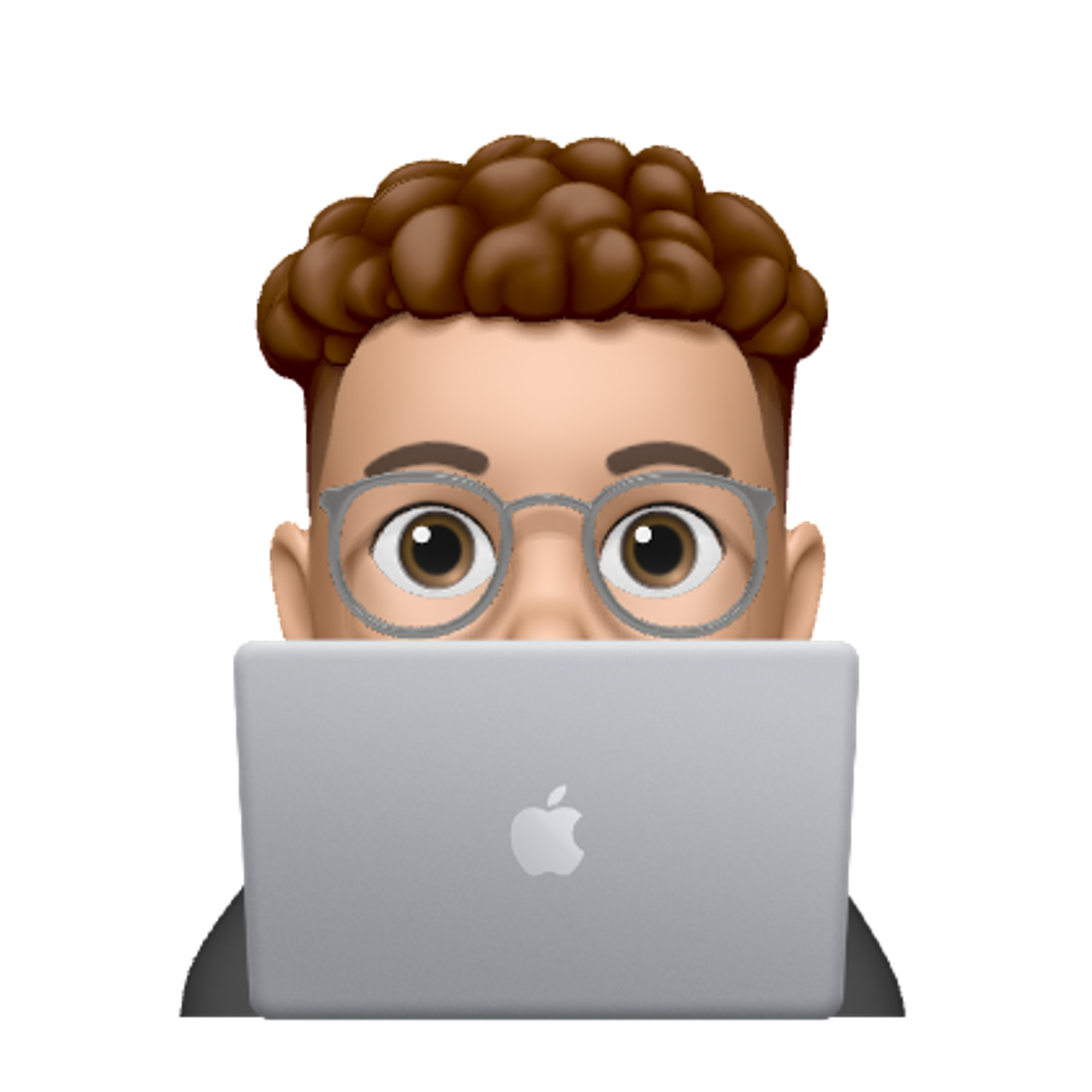How I use AI: From Research to Code
AI tools have become a staple on my workflow, boosting productivity and deepening my understanding of hobbies and interests. I use AI to manage the constant influx of information, streamlining my research, learning, communication, and coding. Here are some ways I found them to be helpful:
Do the not so fun parts of research
Instead of spending countless time searching on google, I instead use Google gemini deep research capabilities. For instance, I have been planning to write a blog post about my favorite restaurants [see more at https://somethingto.do], but I wanted details like opening dates and founders or hospitality group. Deep research efficiently found this information for several restaurants, saving me significant time. Before this process would have me opening 10 links, and 5 of them being SEO farm and the rest being behind a paywall. This ability to automate research has been incredibly valuable, especially when exploring topics I'm not deeply invested in. It allows me to quickly gather background information and focus my attention on the aspects that truly interest me.

Personalized Learning with Gemini:
I have created customs "Gemini Gems" focused on specific areas of interest and hobbies: Software and Hardware engineering, computer science fundamentals, HAM Radio, Python and C++. These act as personalized tutors, answering my questions within the context of relevant books I have provided for each topic. This allows me to ask questions, grasp concepts and easily reference the source material for time when I would like to dive deeper.
I can ask Gemini to explain complex topics in simpler terms, provide examples, or even generate code snippets. It's like having an expert on demand, ready to answer my questions and guide my learning.

Information Distillation with NotebookLM and Gemini
Combining NotebookLM and Gemini Gems is highly effective. I use NotebookLM as a hub for all types content—Long Form articles, books, and other resources. When I come across an interesting article—whether recommended by someone, shared on social media, or discovered online—I save it as a PDF and add it to NotebookLM library.
NotebookLM helps me process this information efficiently. I can use it to create podcasts or summaries of books and articles, allowing me to quickly grasp the main points. For more dense topics, I also use Gemini Gems (see above) to clarify anything I don't understand. The key is that NotebookLM focuses solely on the source material content, while Gemini can draw from both the source and the wider internet, offering different perspectives and enhancing my learning.
My process for books is similar. If a book piques my interest, I add it to NotebookLM and then after I finish the summary or podcast I decide how I want to engage with it—audiobook, ebook, or physical copy, depending on my level of interest.

Refining Communication
As a non-native English speaker, I rely on AI for grammar and typo correction. I use Ollama + Raycast (with models like Llama 3.3 8B or Mistral), and Claude for grammar issues. Claude, in particular, is really good at this task. It not only corrects errors but also suggests improvements to sentence structure and word choice, helping me learn and communicate more effectively and confidently.

Coding Assistance
For coding tasks, Claude is my primary tool. However, I'm starting to explore Gemini due to its extensive two-million token context window, which opens up new possibilities.
In short, AI has become integral to my workflow, helping me research faster, learn more effectively, communicate clearly, and code more efficiently.
